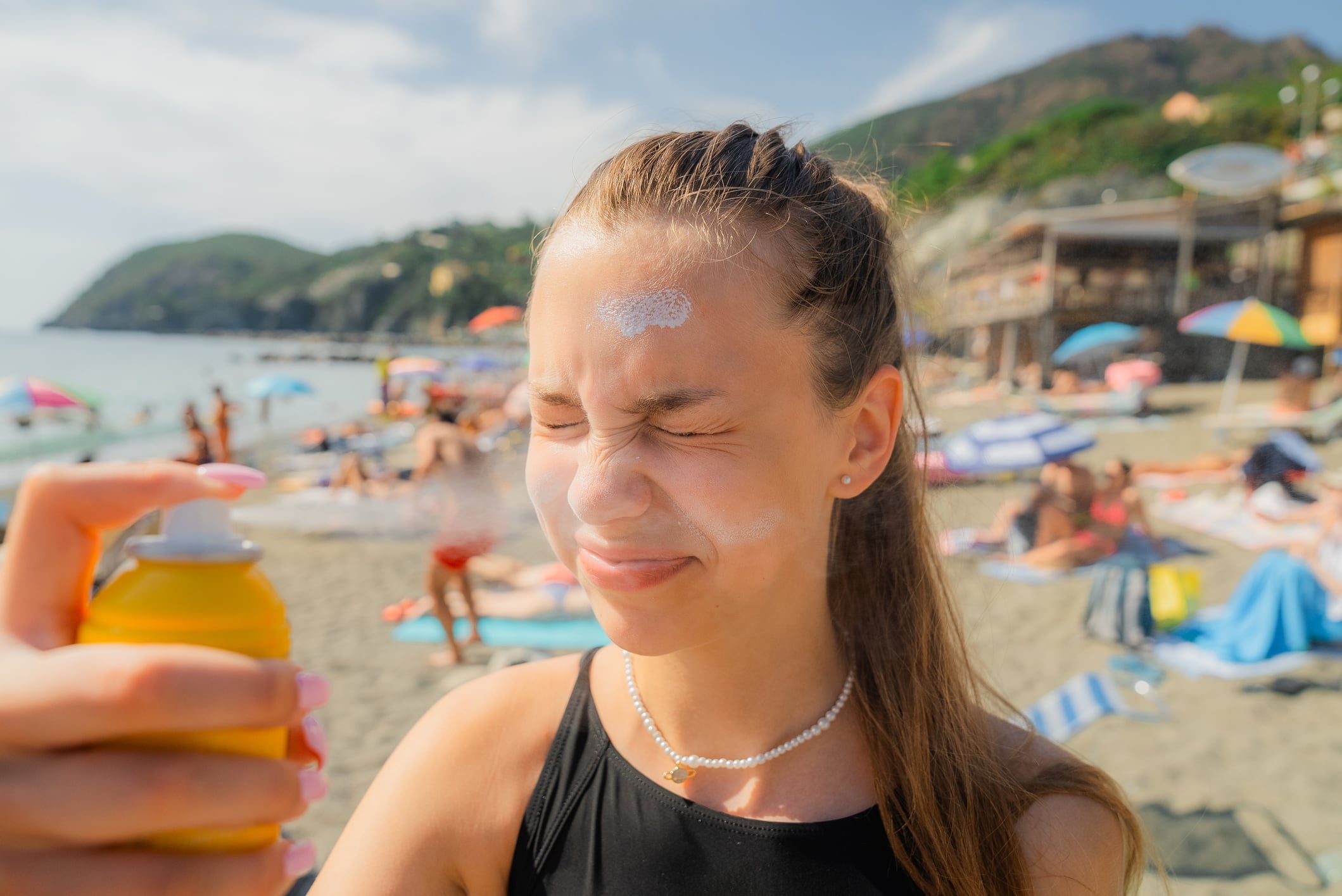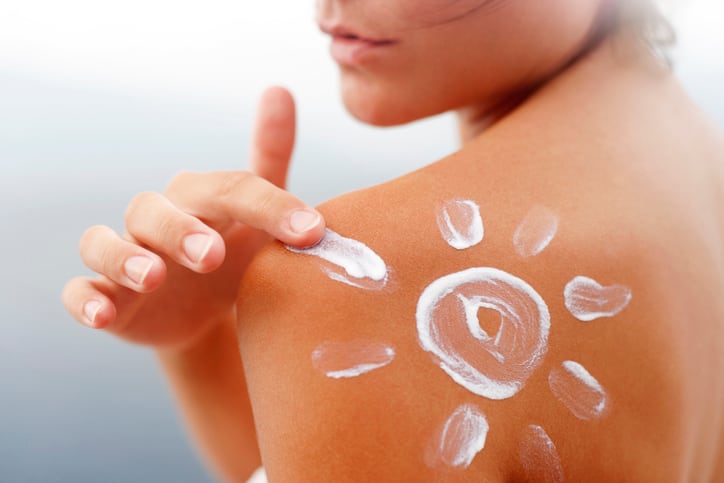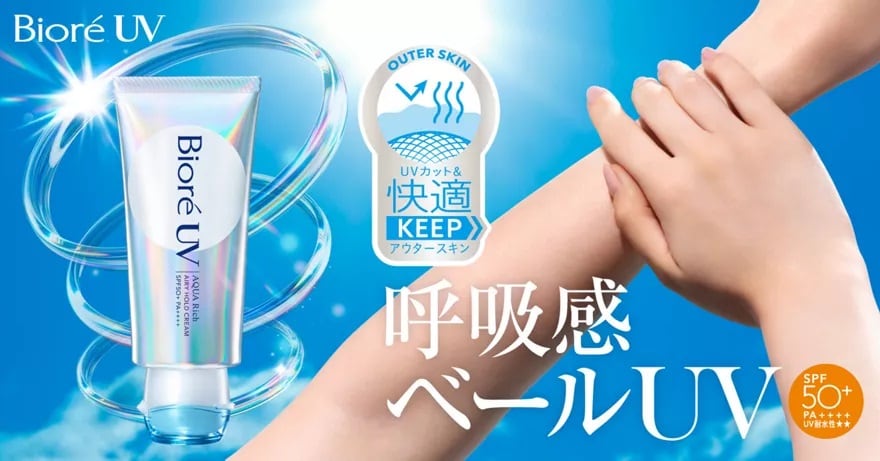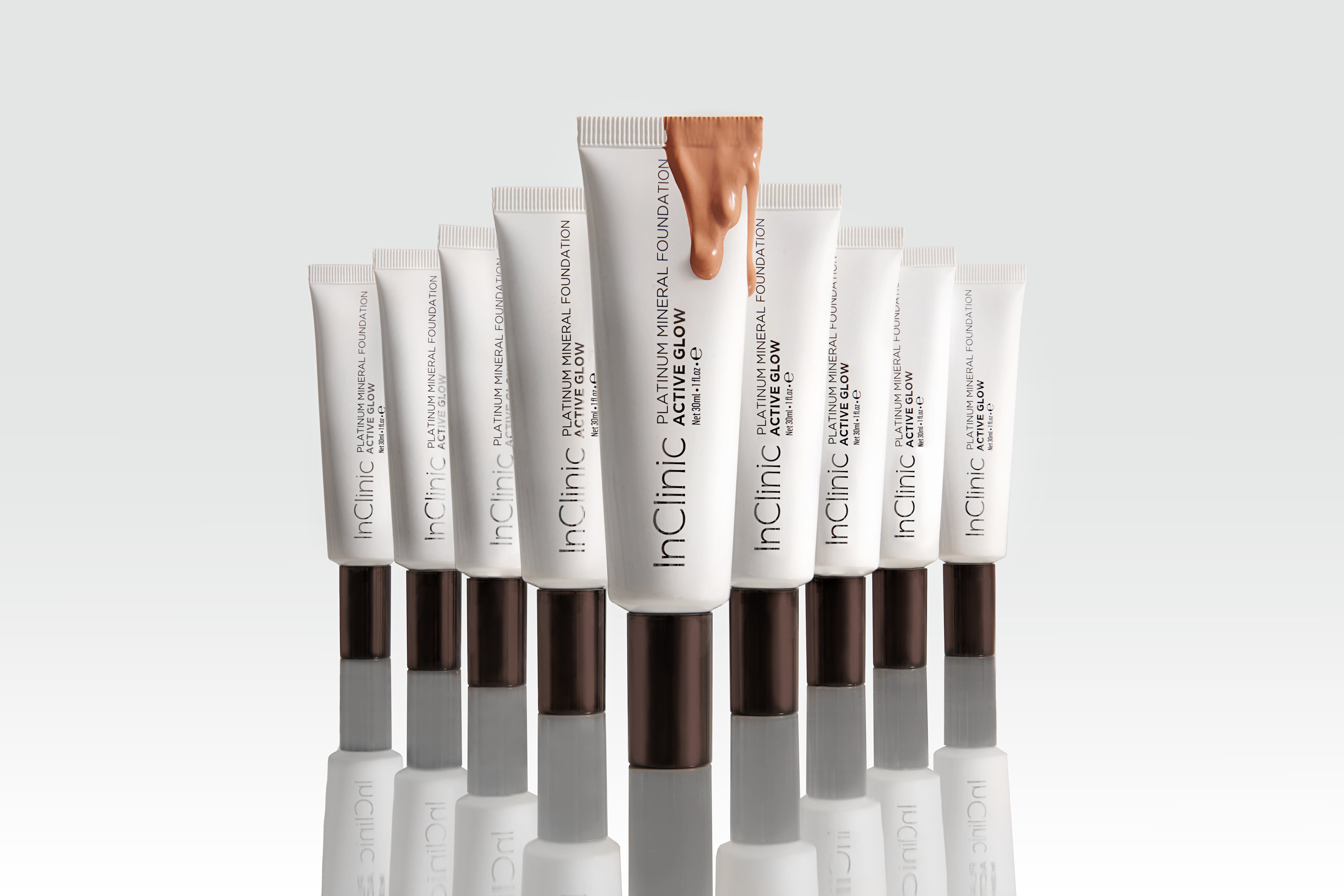According to the data analytics firm, Australia’s sun protection market is set to expand steadily, with demand expected to increase by 3% from 2025 to 2026, as Australian consumers prioritise skin health and safer tanning methods.
In 2024, the country ranked fourth in the Asia-Pacific (APAC) region for sun protection sales at USD215m, behind China, Japan, and South Korea.
“Compared to five or 10 years ago, consumer perceptions of sun protection in Australia have significantly evolved. Sunscreen is no longer viewed as a product reserved for outdoor activities; it has become an essential part of everyday skin care. Increased awareness of sunscreen’s anti-ageing benefits has further accelerated this shift toward daily use.
“Particularly for facial sun care products, integration into daily beauty routines has become common practice, making sunscreen a fundamental step in consumers’ skin care and makeup rituals. This behavioural shift is also driving demand for SPF 30+ and higher,” Yang Hu, Insights Manager, Health and Beauty Asia at Euromonitor International, told CosmeticsDesign-Asia.
Based on Euromonitor’s Voice of the Consumer: Beauty Survey, 11% of Australians used sun-protection products with SPF 50+ daily in 2024, compared to 6% in 2018. Additionally, 15% used them three to five times a week last year, up from 7% in 2018.
The main drivers of sun protection in the country include the emergence of new product formats, such as spray, serum and powder, which makes sunscreen application easier and more appealing to consumers.
In addition, the “skinification” trend of incorporating skin care ingredients like hyaluronic acid, niacinamide and ceramides into products across the beauty spectrum, has arisen consumer demand for hypoallergenic sunscreen, products with higher SPF levels, and more.
“Brands such as Ultra Violette are revolutionising the category by introducing the concept of ‘skinscreen’, offering SPF products that not only safeguard against sun damage but also deliver skin care benefits. This trend is evident in the proliferation of SPF products across various beauty categories, including skin care and colour cosmetics.
“Retailers such as Adore Beauty are seizing the opportunity by launching their own lines of SPF products. In addition, there has been a surge in innovative delivery formats to meet the diverse needs of Australian consumers.”
These needs include product formats with ease of use, due to the “inclination towards reapplication” throughout the day.
“Mists and sprays are gaining popularity for their convenience in reapplication. Brands such as b.tan and Bali Body have responded to this demand by releasing facial tan mists and expanding their self-tanning ranges to include creams and serums, providing consumers with a range of options.”
Hot competition
As consumers lead increasingly busy and socially active lives, there is a growing preference for simplified beauty routines, prompting the adoption of fewer yet more versatile products.
“Products that provide both sun protection and skin care benefits, such as facial moisturisers or makeup infused with SPF, are expected to gain traction as consumers prioritise convenience in their daily regimens,” Hu reiterated.
She added that the growth of sun care brands, especially those tailored for facial sunscreens, could potentially be tempered by the surge in demand for multifunctional products, as well as heightened competition from skin care and colour cosmetics firms.
“In this competitive landscape, sun care brands face the challenge of sustaining relevance and differentiation. To address this, these brands must continue to innovate and develop products that not only give superior sun protection, but also align with consumers’ escalating expectations for skin care benefits.
“This may entail the integration of novel ingredients, refinement of product formulations, or exploration of new delivery formats.”
Growth opportunities
Data from Euromonitor’s “Sun Care in Australia” report revealed that the after-sun and self-tanning categories account for 27% of the country’s total sun protection market, markedly higher than APAC’s average of less than 3%.
Rising awareness of the risks of UV exposure has driven a shift towards sunless tanning methods, with consumers opting for self-tanning products to achieve a healthy glow without endangering their skin.
“Advancements in self-tanning formulations offering streak-free, natural-looking results have improved their appeal. Brands are innovating with hydrating and quick-drying ingredients, natural formulations, and customisable shades for different skin tones.”
In 2024, Australia ranked second in APAC for after-sun care demand, valued at USD28m, behind China’s USD151m.
Notably, the category’s forecasted growth rate of 2% from 2025 to 2026 will outpace China’s 1.5%.
“The Australian lifestyle, with its outdoor focus, encourages a sun-kissed look but also highlights the need for after-sun care and safer alternatives. With one of the world’s highest UV indexes, sun safety awareness presents significant growth opportunities in the market.”





